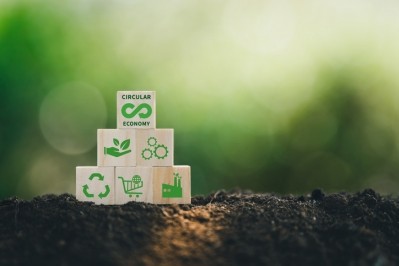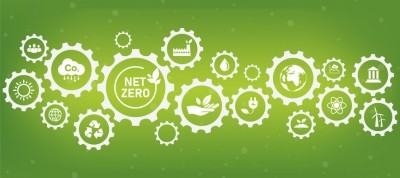EU authorizes use of PAPs in pig and poultry feed

The decision, based on the scientific opinion by the European Food and Safety Authority (EFSA), follows approval from both the European Parliament and Council as well as the Standing Committee on Plants, Animals, Food and Feed (SCOPAFF) in April 2021.
Stella Kyriakides, EU commissioner for health and food safety, said: “I welcome today’s announcement, another small step in our journey towards more sustainable feed chain. This decision, which achieves another milestone in the Farm to Fork strategy’s ambition towards the use of quality and sustainable feed, continues the long legacy of the European Union’s work to uphold the highest standards in animal nutrition”.
The Commission said its proposal was backed following on from advances in scientific knowledge, which showed that certain specific feed ban measures were no longer justified.
There had been a ban on the use of PAPs in animal diets in the EU since 2001, following the BSE crisis. The ban was lifted on the use of such proteins in fish feed in 2013.
Milestone for insect protein sector
In June, president of the EU insect industry umbrella group, IPIFF, Adriana Casillas, said the lifting of the feed ban would be a “milestone for our sector, as it will unlock two of the key markets targeted by insects as feed producers. It will therefore be instrumental in upscaling the European insect sector.”
Bruno Menene, policy advisor at EU farming lobby group, Copa and Cogeca, told this publication in April: "Many pig and poultry farmers are looking forward to having access again to [pig and poultry derived] proteins, which are really interesting from a nutritional point of view as PAPs constitute an important source of phosphorus-rich and highly digestible proteins.
“Nevertheless, the strict rules established to avoid cases of cross-contamination, such as dedicated single-species feed production facilities, and the issues with the analytical tools to control their enforcement, means that the investment for the production of those PAPs might be complicated at first and thus their development might take some time.”
Feed production challenges
The regulation requires that only feed for species for which the use of poultry PAPs is permitted can be produced on the same site and vice versa for pig PAPs. And FEFAC says the number of European feed mills that are 100% dedicated to pig feed or to poultry feed is extremely low.
Martin Alm, technical director of the European Fat Processors and Renderers Association (EFPRA), the trade group that supports PAP raw material suppliers, acknowledged that it will be somewhat of a slow process in terms of feed manufacturers adapting their facilities to enable formulation with these raw materials. The opening up of the EU market won’t happen overnight, he added.













